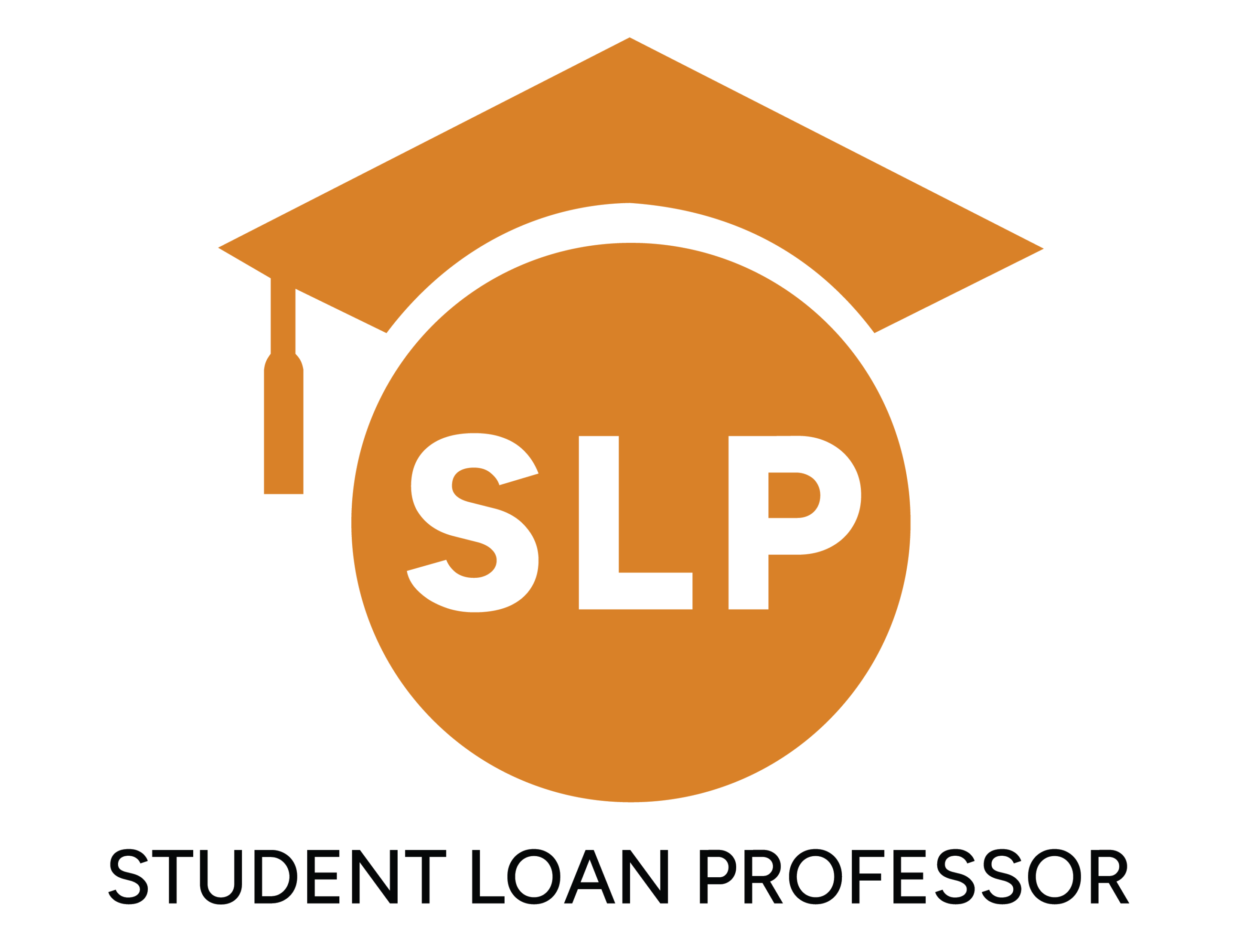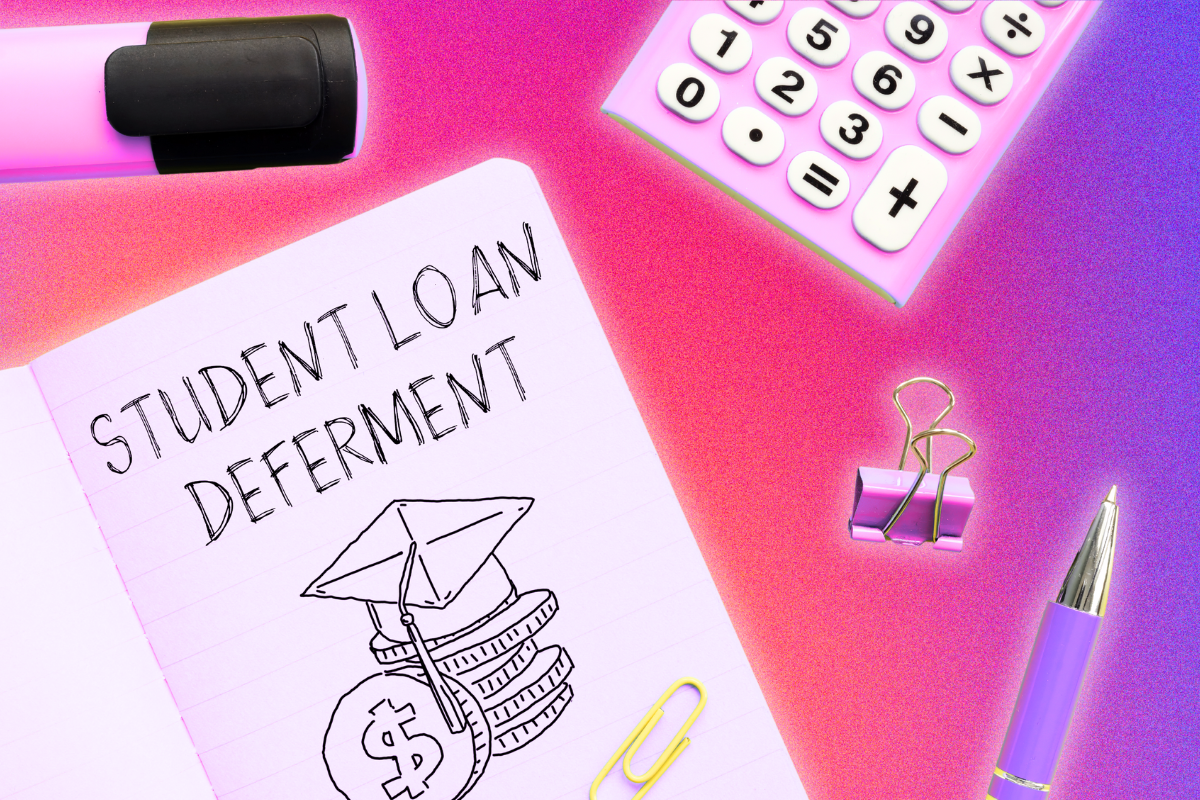Key Takeaways
- Deferment pauses payments with potential interest benefits; forbearance always accrues interest.
- Eligibility and interest handling differ significantly between deferment and forbearance.
- Federal loans offer multiple deferment and forbearance types based on financial circumstances.
- Income-driven repayment plans can be a better alternative for long-term financial struggles.
What Are Deferment and Forbearance?
Student loan deferment allows borrowers to temporarily pause monthly payments, typically for up to three years. Interest may or may not accrue depending on whether the loan is subsidized or unsubsidized.
Student loan forbearance also allows a pause on payments, but unlike deferment, interest continues to accrue on all types of loans. Forbearance is typically used when a borrower doesn’t qualify for deferment but still needs relief.
Both options can prevent loan default during periods of financial hardship but differ in how interest is handled and eligibility requirements.
Deferments often offer additional benefits, like interest subsidies on subsidized loans, making them more favorable for some borrowers.
However, in recent years, the government has used more forbearances due to litigation-related delays.
It’s important for borrowers to carefully review the specific terms of any deferment or forbearance they receive to fully understand the benefits and costs.
Applying for Student Loan Deferment and Forbearance
Before pausing your payments, it’s important to know which option you qualify for—deferment or forbearance. The application process for both depends on the type of loan (federal or private).
- Federal loans: For deferment, visit the U.S. Department of Education’s website and apply under the “Loan Deferment and Forbearance” section. For forbearance, use the same form, but select the appropriate forbearance type (General or Mandatory).
- Private loans: Application processes for deferment and forbearance vary by lender. For example, Citizens Bank requires a phone request at 1-833-531-1312.
Regardless of the type, you must continue making payments until your deferment or forbearance is approved.
Note that forbearance will always accrue interest during the relief period.
Types of Federal Student Loan Deferment
When applying to defer your federal loan payment, you need to know the type of deferment you qualify for. The most common ones for federal education loans are as follows:
In-School Deferment (Students)
In-School Deferment (Students): Automatically applies to borrowers enrolled at least half-time, pausing payments until the six-month post-graduation grace period ends. Subsidized loans typically don’t accrue interest during this time.
In-School Deferment (Parent PLUS loans)
If your parents took out a PLUS loan or an FFEL PLUS loan on your behalf, they are eligible for deferment of the loan’s principal and interest payments.
Unlike the version for students, your parents must make a deferment request before it applies to your loan. You must also be enrolled on a half-time basis to meet the deferment eligibility criteria.
Unemployment Deferment
Available if you’re actively seeking full-time employment or receiving unemployment benefits. This deferment lasts for up to three years, with reapplication required every six months.
Economic Hardship Deferment
Available to borrowers who meet certain income criteria, such as receiving government assistance or earning below 150% of the poverty guideline. Reapplication is required annually.
Cancer Treatment Deferment
This applies if you’re undergoing cancer treatment, with deferment continuing up to six months post-treatment.
Military and Peace Corps Deferment
Active-duty service members can defer loans during service, with a 13-month grace period afterward. Peace Corps volunteers are also eligible for deferment for up to three years.
Additional Deferment Options
Even if you don’t meet the qualification criteria for any of the deferment types mentioned above, you may qualify for:
- Perkins loan forgiveness deferment – for borrowers who took Federal Perkins loans
- Graduate fellowship deferment
- Rehabilitation training deferment
Consider consulting an expert to confirm the type of deferment you qualify for.
Types of Federal Student Loan Forbearance
Deferment isn’t your only option for getting student loan payments relief. You can also try one of the following:
General Forbearance
This type can be requested if you’re temporarily unable to make payments due to financial difficulties, medical expenses, or job loss. General forbearance is available for Direct and FFEL loans, typically for 12 months but can be renewed for up to three years.
Mandatory Forbearance
Borrowers must be granted forbearance if they meet specific criteria, such as participating in a medical or dental residency, having payments exceed 20% of income, or serving in AmeriCorps. This type also applies to federal loans and is generally more restricted in duration.
Deferment vs. Forbearance: Key Differences
While both deferment and forbearance provide temporary relief, here are their key differences:
| Criteria | Deferment | Forbearance |
| Interest Accrual | Subsidized loans do not accrue interest during deferment | Interest accrues on all loans during forbearance |
| Eligibility | Specific criteria (e.g., unemployment, in-school status) | Generally more flexible; no need to meet strict criteria |
| Duration | Can last up to three years or more | Typically lasts up to 12 months, with renewal options |
If avoiding interest accrual is important, deferment is usually the better option for subsidized loans because it may come with interest subsidies.
However, forbearance is often used more widely, especially as the government navigates legal challenges.
Borrowers should closely examine the specific features of any relief option to ensure they understand how it will impact their loans.
Alternatives to Student Loan Deferment and Forbearance
If neither deferment nor forbearance suits your long-term financial situation, consider an income-driven repayment plan (IDR).
This option allows you to reduce monthly payments based on income and family size, which could last much longer than the deferment or forbearance periods.
Both IDR and forbearance are options that can prevent loan default, but IDR is more suitable if you foresee financial struggles lasting more than three years.
Facing Issues With Paying Your Student Loan? Get Expert Help
When you run into financial difficulty and have to make student loan payments, deferment can be an effective way to avoid defaulting. But with so many types, it can be challenging to determine which option you’re eligible for.
That’s where our experts can help. Book a consultation today to get advice on how to proceed with deferring your student loan payments.
Brandon Barfield is the President and Co-Founder of Student Loan Professor, and is nationally known as student loan expert for graduate health professions. Since 2011, Brandon has given hundreds of loan repayment presentations for schools, hospitals, and medical conferences across the country. With his diverse background in financial aid, financial planning and student loan advisory, Brandon has a broad understanding of the intricacies surrounding student loans, loan repayment strategies, and how they should be considered when graduates make other financial decisions.



![Our Honest Thoughts On Aidvantage Student Loans [For 2025]](https://www.studentloanprofessor.com/wp-content/uploads/2024/10/SLP_fallback_2-no-logo-400x250.jpg)

